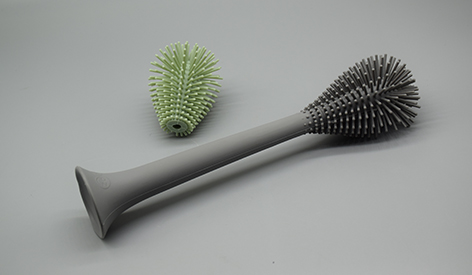ㆍPrivacy: We respect your privacy. Here you can find an example of a non-disclosure agreement. By submitting this form, you agree to our terms & conditions and privacy policy.
Views: 5 Author: Site Editor Publish Time: 2023-11-08 Origin: Site








Vacuum casting is a rapid prototyping technique that can be used to create prototypes of beauty instruments. Here are the advantages and precision of vacuum casting for this purpose:

Advantages:
High-Quality Surface Finish: Vacuum casting produces prototypes with smooth and high-quality surface finishes, which is important for beauty instruments where aesthetics matter.
Material Variety: Vacuum casting can use a wide range of materials, including transparent materials, rubber-like materials, and more, allowing you to closely mimic the final product.
Quick Turnaround: It is a relatively fast prototyping method, allowing you to test and validate designs quickly.
Low-Cost Tooling: Compared to injection molding, the tooling costs for vacuum casting are lower, making it cost-effective for small batches of prototypes.
Small to Medium Batch Production: Vacuum casting can also be used for small to medium batch production, making it suitable for testing the market before full-scale manufacturing.
Complex Geometry: It can reproduce complex and intricate geometries accurately.
Precision:
The precision of vacuum casting depends on various factors, including the quality of the master pattern, the casting materials, and the skill of the technicians. Typically, vacuum casting can achieve high precision, with tolerances within a few thousandths of an inch. The quality of the mold and the casting process play a significant role in determining the final precision of the beauty instrument prototype.
Overall, vacuum casting is a suitable method for creating high-quality and precise beauty instrument prototypes, offering numerous advantages for design validation and product development.

